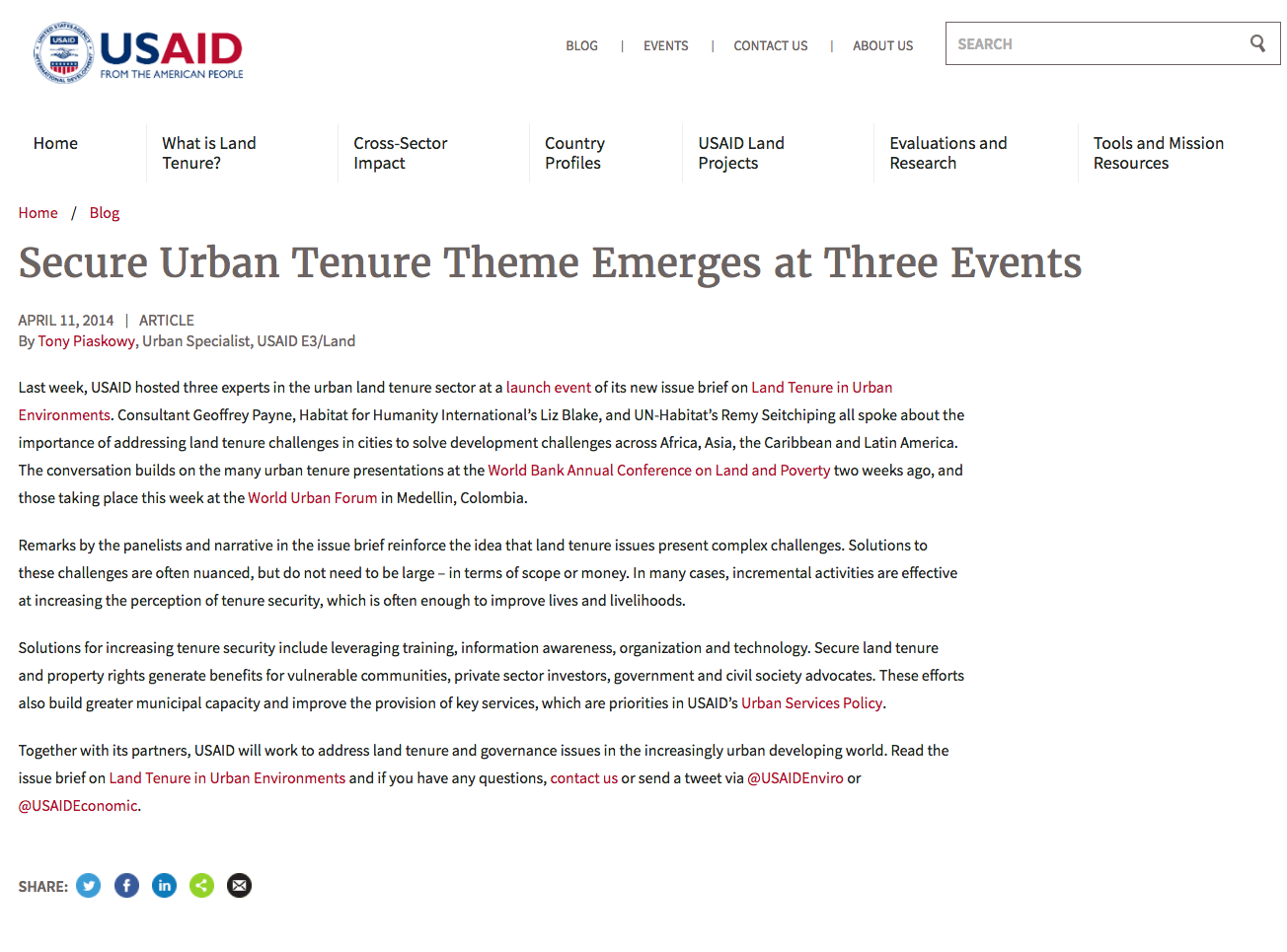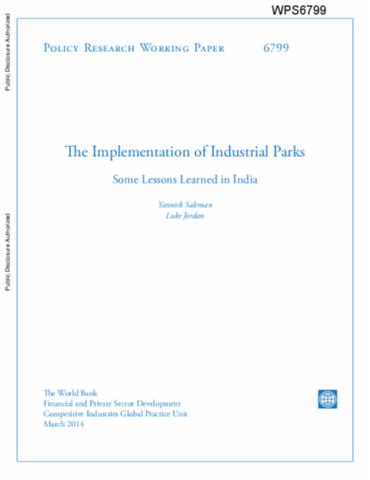Haiti: Strategy to Alleviate the Pressure of Fuel Demand on National Woodfuel Resource
Haiti suffers from a serious
deterioration of its natural environment and, in particular,
from a heavy pressure on its natural resources. The reasons
for this deterioration are multiple (poverty level,
demographic pressure, agricultural techniques and insecurity
regarding land tenure) and, therefore, go beyond the strict
scope of energy. However, the wood-fuel consumption is one
of the main factors of this deterioration. On a national





